Why should I use sunscreen?
New Zealand has the highest rate of melanoma (the most dangerous type of skin cancer) in the world. Other types of skin cancers are also very common in New Zealand. Sunscreen will filter the sun's rays, so using it liberally and often can reduce your risk of skin cancer.
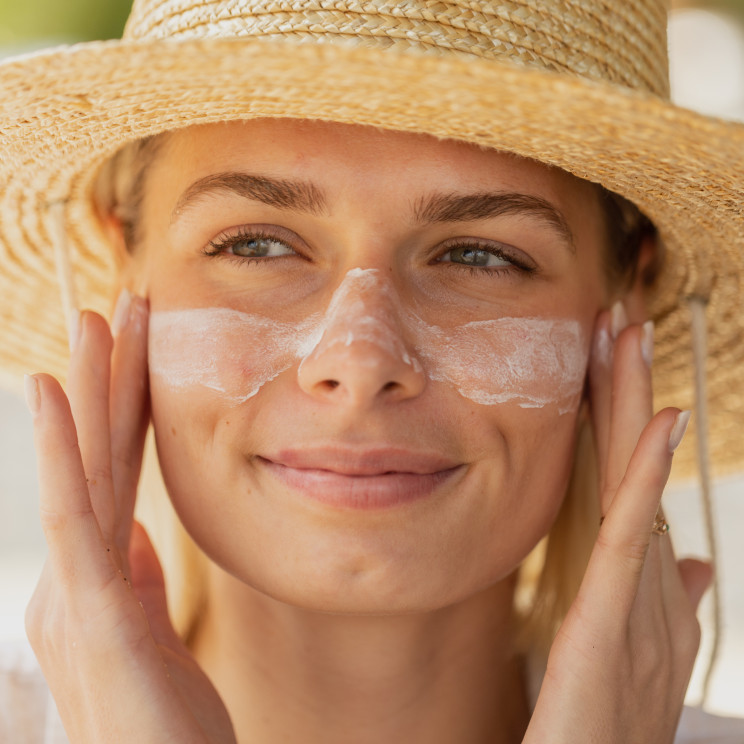
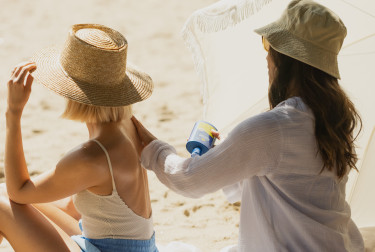
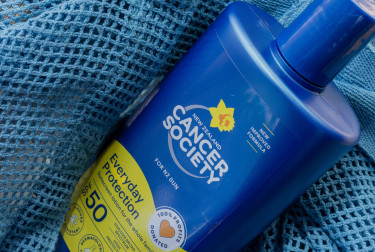
How can I be SunSmart?
You can be SunSmart by following these steps from September to April, especially between 10am and 4pm.
- Slip – on sun protective clothing.
- Slip – into shade wherever possible.
- Slop – on Broad Spectrum sunscreen with an SPF of at least 30.
- Slap – on a wide brimmed hat that protects your face, neck and ears.
- Wrap – on close fitting sunglasses.
What type of sunscreen should I buy?
Choose a water-resistant, broad-spectrum sunscreen of at least SPF 30.
Water resistance means it retains its SPF measurement after being submerged in water for the length of time stated on the bottle.
Broad spectrum means your sunscreen filters both UVA and UVB radiation.
What are ultraviolet, UVA and UVB, rays?
Sunlight has different types of rays. The rays that are most damaging to our skin are called ultraviolet or UV rays.
There are two types of ultraviolet rays.
UVA rays penetrate deeply into your skin and are responsible for long term damage. The A in UVA is for aging. They prematurely age your skin, causing wrinkles and spots.
UVB is responsible for sunburn. The B in UVB is for burning.
Both UVA and UVB can cause skin cancer.
How the sun sees you
This video shows what you look like in ultra-violet light and what happens when you put sunscreen on.
9 Most Commonly Missed Sunscreen Spots
Protecting your skin from the sun goes beyond the basics of covering your face, arms and legs with sunscreen. Let's not forget these commonly missed sunscreen spots to prevent serious skin damage:
Lips / ngā ngutu: Apply lip balm with SPF as part of your daily protection regime to shield your mouth from painful sunburn and potential danger.
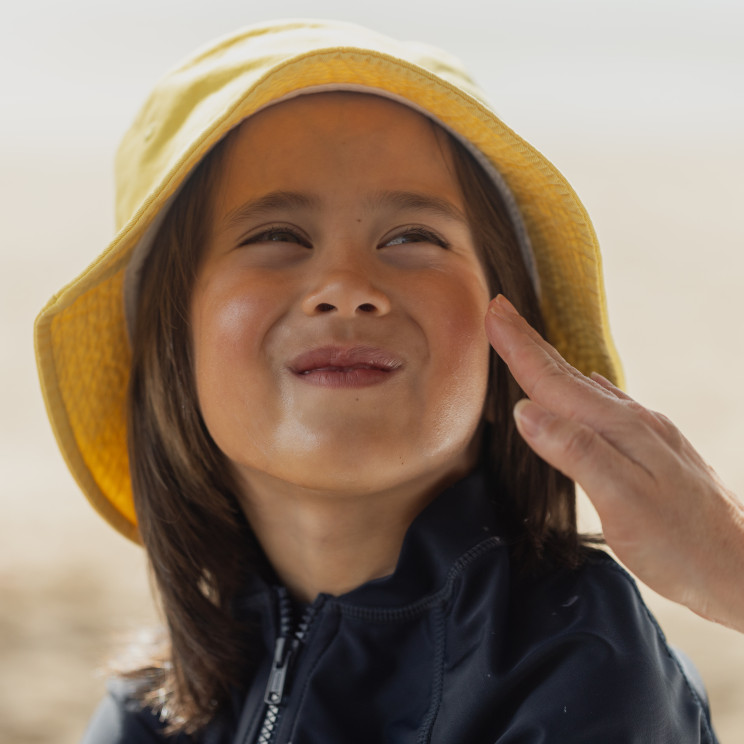
The Neck / kaki: Don't neglect your neck; it's an essential area to cover as part of your daily SPF routine.
Armpits / ngā kēkē: Even though they can be high-maintenance, remember to protect your armpits from those sneaky rays.
Ears / ngā taringa: Give your lobes some love too. Protect your ears with sunscreen or a wide-brimmed hat.
Scalp / te kiri o te angaanga: Apply sunscreen of at least SPF30 or higher, or wear a wide-brimmed hat to safeguard your scalp, as it's one of the deadliest and most vulnerable areas for melanoma.
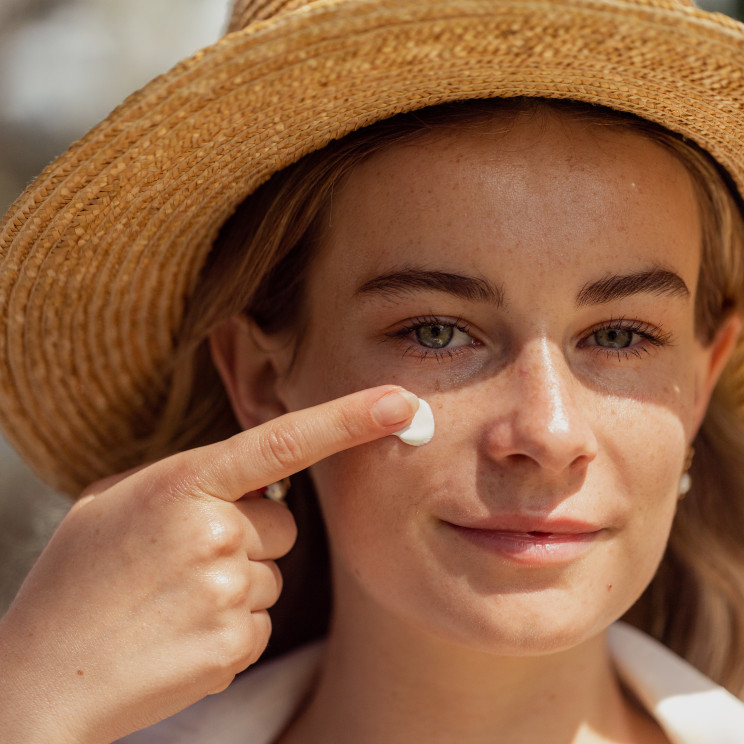
Eyelids / ngā kamo: 5 to 10 percent of skin cancers are found around the eyelids, so blink with confidence by protecting the exposed skin around your eyelids with sunscreen or UV-protected wraparound sunglasses.
Belly Button / te pito: Yes, even this part needs protection! Don't forget to apply sunscreen here.
Top of Feet / ngā waewae: Keep your feet safe from sunburn and other forms of skin cancer, including Melanoma, during sandal season by applying sunscreen to the tops of your feet.
Bottom of the Feet / te kapukapu o ngā waewae:
Though often overlooked, give your feet some SPF protection by applying sunscreen 20 minutes before sun exposure, to the bottom of your feet to guard against certain types of Melanoma.
Every little effort counts in preventing serious skin damage later on. Let's make sun protection a complete and caring routine!
